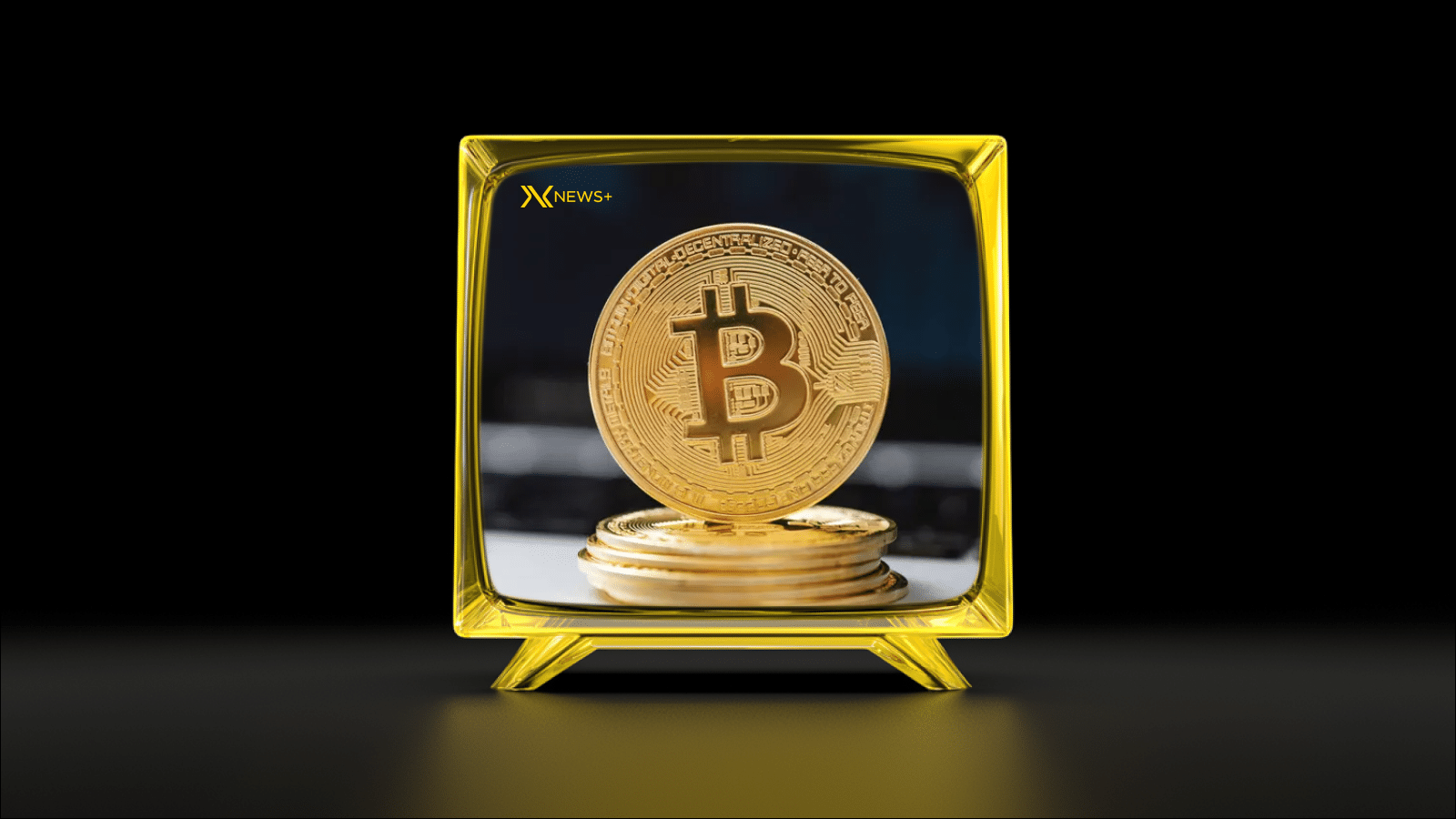The stablecoin market has reached a significant milestone, surpassing a supply of $200 billion, marking a new record in the sector. This blog post delves into the dynamics shaping the stablecoin landscape, offering a comparative analysis of leading stablecoins available today. Key takeaways from this achievement highlight how stablecoins are becoming essential in digital finance, despite the challenges posed by volatile market conditions. Additionally, the article explores future prospects for stablecoins, emphasizing their role as a stabilizing force in cryptocurrency. With increasing adoption, stablecoins are poised for further growth, yet potential market fluctuations remain a consideration. To maintain high WordPress SEO rankings, the focus keyword ‘stablecoin’ is integrated throughout the content to ensure visibility and engagement.
Understanding The Stablecoin Market Dynamics
The stablecoin market has seen remarkable growth, with the combined supply surpassing $200 billion. This surge is indicative of the increasing adoption and integration of stablecoins within the broader financial ecosystem. Unlike traditional cryptocurrencies that can be highly volatile, stablecoins are designed to maintain a stable value, usually pegged to a reserve asset such as fiat currencies. As the demand for digital assets continues to rise, understanding the dynamics that drive stablecoin growth can provide insights into their long-term sustainability and utility.
Key Factors Influencing Stablecoin Growth
- Regulatory Clarity: Clear regulations help foster trust among users and institutions.
- Institutional Adoption: More businesses and financial entities are increasingly accepting stablecoins.
- Technological Advancements: Enhanced blockchain technology facilitates faster and cheaper transactions.
- Market Volatility: In uncertain markets, stablecoins provide a hedge against significant price swings.
- DeFi Integration: The rise of decentralized finance has spurred demand for stablecoins.
- Global Payment Solutions: Increasing borderless transactions drive the need for stable currencies.
Understanding these factors not only sheds light on the reasons behind the rapid expansion of stablecoins but also highlights their potential roles in future financial systems. For instance, strong regulatory support can lead to enhanced market integrity and wider acceptance, while the growing trends in decentralized finance encourage individuals to view stablecoins as essential tools for financial management. As more people recognize the advantages of using stablecoins, especially in global transactions, their usage is likely to expand even further.
Stablecoins not only offer price stability but also facilitate smoother transactions across different cryptocurrency exchanges, solidifying their presence in the digital finance landscape.
As we continue to explore the stablecoin market, it is essential to monitor how these dynamics evolve and influence the interplay between traditional finance and digital assets. Investors and users alike should pay attention to both the opportunities and challenges that lie ahead in this fast-evolving space. By understanding the stablecoin market dynamics, stakeholders can make informed decisions that align with their financial goals.
Comparative Analysis Of Leading Stablecoins
As the stablecoin market continues to grow, surpassing the $200 billion mark, understanding the dynamics and characteristics of various stablecoins becomes increasingly important. Investors and users alike are drawn to stablecoins due to their promise of price stability compared to traditional cryptocurrencies. Various factors influence the appeal of specific stablecoins, including market capitalization, technology, and use cases.
It is essential to analyze different leading stablecoins to appreciate their unique propositions and the roles they play in the cryptocurrency landscape. Not only do stablecoins provide a reliable means of transaction, but they also serve as essential building blocks for decentralized finance (DeFi) applications. With multiple stablecoins in circulation, a comparative analysis will shine a light on their strengths and weaknesses, guiding users in making informed decisions.
| Stablecoin Name | Market Capitalization (as of Oct 2023) | Backing Mechanism |
|---|---|---|
| Tether (USDT) | $83 Billion | Fiat-backed (1:1 USD) |
| USD Coin (USDC) | $50 Billion | Fiat-backed (1:1 USD) |
| Binance USD (BUSD) | $20 Billion | Fiat-backed (1:1 USD) |
| Dai (DAI) | $10 Billion | Crypto-collateralized |
Given the distinctive features of each stablecoin, investors should take careful steps to evaluate which stablecoins align with their financial goals and risk tolerance. Various factors come into play while assessing stablecoins, from their backing mechanisms to the overall market trends. This comprehensive evaluation is crucial for anyone looking to invest or utilize stablecoins in their transactions.
Steps To Evaluate A Stablecoin
- Identify the Backing Mechanism: Understand whether the stablecoin is fiat-backed or crypto-collateralized.
- Examine Market Capitalization: Consider the market cap as an indicator of stability and trust.
- Review Regulatory Compliance: Check if the stablecoin issuer adheres to relevant regulations.
- Assess Transparency: Look into the transparency of reserves and regular audits.
- Look at Adoption Rate: Evaluate the use of the stablecoin across various platforms.
- Analyze Volatility: Study its historical price movements to gauge stability.
- Consider Technological Features: Investigate unique features such as cross-chain capabilities or integration with DeFi applications.
Market Capitalization Insights
The market capitalization of stablecoins is a crucial metric that reflects their adoption and usage in the cryptocurrency ecosystem. The diversity among leading stablecoins can be observed in their respective market caps, showcasing the varying levels of trust and liquidity they possess. Understanding where each stablecoin stands in terms of market cap can provide vital insights for investors and users looking to navigate this evolving landscape.
Usage Statistics
Usage statistics convey the practical application of stablecoins across different platforms. Metrics such as transaction volume, the number of wallets holding stablecoins, and use cases such as DeFi applications and remittances provide a clear picture of their acceptance within the market. Recognizing trends in usage can assist potential users and investors in selecting stablecoins that best suit their needs, reinforcing the importance of comparative analysis.
Key Takeaways From The $200 Billion Stablecoin Milestone
The recent milestone of stablecoin supply surpassing $200 billion has captured significant attention within the financial community, highlighting the growing acceptance and adoption of these digital currencies. Stablecoins, which are designed to maintain a stable value against a reserve, offer an attractive alternative for traders and investors seeking to mitigate volatility in the broader cryptocurrency market. This achievement underscores the potential stablecoins have in reshaping traditional financial systems while providing a more secure and fluid medium for transactions.
Actionable Insights For Investors
- Stay updated on regulatory developments impacting stablecoins to understand potential risks and opportunities.
- Consider diversifying investments across a range of stablecoins to spread risk effectively.
- Monitor stablecoin market trends and adoption rates among various businesses and platforms.
- Evaluate the backing mechanisms of different stablecoins to ensure security and reliability.
- Assess the liquidity of stablecoins in the exchanges you’re trading to ensure smooth transactions.
- Participate in communities and forums to gain insights from experienced investors in the stablecoin space.
- Utilize stablecoins for remittances and payments to take advantage of lower transaction fees.
This milestone also signals a shift towards integrating stablecoins within everyday financial transactions, as more users recognize their advantages over traditional fiat currencies. The growing market capitalization indicates that the demand for stablecoins is likely to continue its upward trajectory, making it essential for investors to adapt their strategies accordingly. As stablecoins become more mainstream, their impact on both local and global economies cannot be understated, possibly leading to a more decentralized and resilient financial ecosystem.
Future Prospects For Stablecoins In A Volatile Market
The future of stablecoins appears promising, particularly as they continue to establish themselves as a reliable alternative in a landscape riddled with volatility. As the stablecoin supply surpasses $200 billion, it reflects a growing trust from investors and users alike. This trend indicates that stablecoins are not merely a short-term phenomenon but play a crucial role in the evolution of digital assets, attracting diverse stakeholders from retail investors to institutional players.
Recommendations For Utilizing Stablecoins
- Conduct thorough research: Understand the different types of stablecoins and their underlying mechanisms.
- Assess regulatory compliance: Stay updated on the legal frameworks governing stablecoins in your region.
- Diversify holdings: Consider a mix of different stablecoins to mitigate risks.
- Use reputable platforms: Ensure that your transactions and storage occur on secure, trusted exchanges.
- Stay informed about market trends: Regularly monitor changes in market sentiment that might affect stablecoins.
- Evaluate liquidity conditions: Check the availability of stablecoin trading options and liquidity on different platforms.
As interest in stablecoins grows, several factors will influence their market adoption and future viability. Technological advancements, such as enhanced blockchain platforms, may lead to greater efficiency and security in transactions. Additionally, collaboration between traditional financial institutions and crypto entities could enhance the credibility of stablecoins, driving their acceptance in mainstream finance.
Ultimately, while stablecoins present distinct advantages in terms of stability and accessibility, potential challenges remain. Factors such as regulatory hurdles, technological limitations, and market perceptions must be addressed to ensure sustainable growth. As we move forward, it’s essential for stakeholders to engage in ongoing dialogues about the role of stablecoins in shaping the digital economy and their potential to weather market fluctuations.
Disclaimer
In discussing the recent surge in the supply of stablecoins, which has now surpassed $200 billion, it is important to emphasize that this information is intended for informational purposes only. The metrics and data surrounding the stablecoin market can fluctuate frequently, and while we strive for accuracy, the rapidly changing nature of the cryptocurrency landscape means that this information may not always reflect the latest developments.
Readers should be aware that investment decisions should not be made solely based on the information provided in this article. The dynamics of the stablecoin market, including factors influencing supply and demand, may vary significantly based on ongoing market conditions. As such, we advise consulting with a financial advisor or conducting further research before making any investment in stablecoins or other cryptocurrency-related products.
Additionally, while we highlight the impressive growth and milestones achieved within the stablecoin sector, potential investors should consider the risks associated with cryptocurrency investments. Factors such as regulatory changes, market volatility, and technological advancements can have a considerable impact on the stability and viability of stablecoins. Thus, it is essential for individuals to fully understand these risks before engaging in any financial transactions.
Finally, our analysis and insights into the stablecoin market are based solely on the data available at the time of writing. We encourage readers to keep an eye on reliable sources and market trends to remain fully informed about the evolving landscape of stablecoins. This disclaimer serves as a reminder to approach all investment opportunities with caution and diligence, particularly in such an innovative yet uncertain market.





